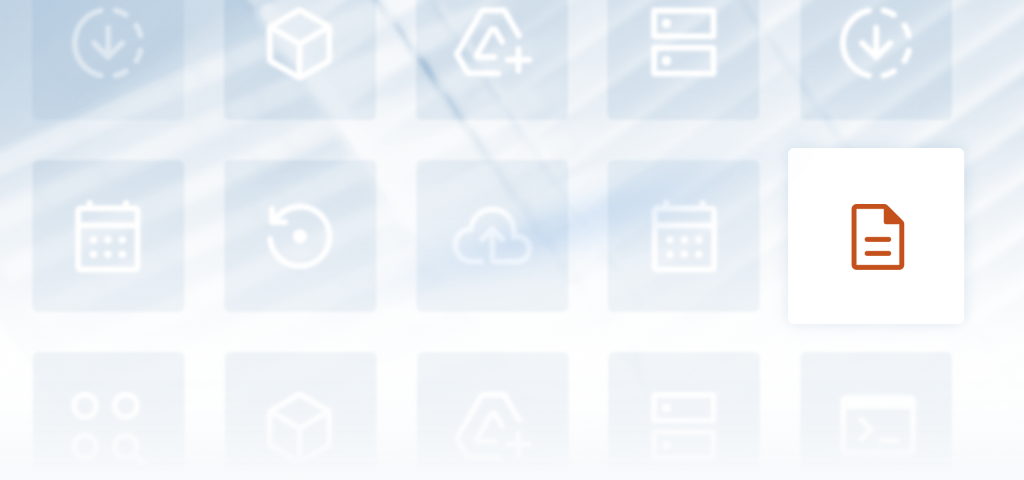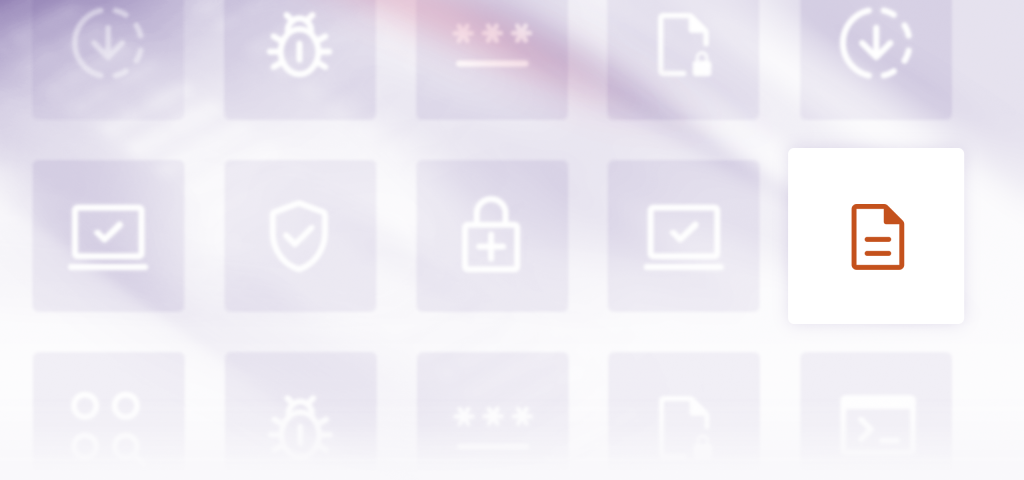How to fix a critical error in WordPress
Encountering a “critical error WordPress” message on your site can be alarming, especially if it suddenly locks you out of the dashboard or takes your site offline. For bloggers, business owners, or freelancers who manage their own WordPress websites, this message often appears without warning and with no clear explanation. The good news? Most critical errors are fixable.
In this guide, we’ll walk you through what a WordPress critical error is, why it happens, and most importantly, how to fix it. We’ll also show you how having a backup plugin can be a lifesaver during moments like these.
Key takeaways
Section titled Key takeaways- Understand what causes the “critical error WordPress” message
- Learn step-by-step how to fix the issue without losing your site
- Discover the most common sources of the problem: plugins, themes, or corrupted files
- See why regular backups are essential and how UpdraftPlus can protect you
- Get answers to common errors like “WordPress there has been a critical error on this website”
What is a critical error in WordPress?
Section titled What is a critical error in WordPress?A critical error in WordPress usually means something on your site is breaking PHP execution, preventing pages from loading properly. When this happens, WordPress may display the following message:
“There has been a critical error on this website. Please check your site admin email inbox for instructions.”
This generic alert indicates that WordPress has entered recovery mode. It often relates to one of the following:
- A faulty or recently updated plugin
- A broken theme or incompatible theme update
- Corrupted WordPress core files
- PHP memory limits or configuration issues
If you’re seeing this, it means WordPress has detected a fatal error and has paused parts of your site to protect it from further damage.
Always back up before making changes
Section titled Always back up before making changesBefore trying to fix the error, it’s vital to create or restore a working backup of your site.
Without a backup, you risk making things worse or losing your content entirely. The safest approach is to use a backup tool like UpdraftPlus, which allows you to back up and restore your WordPress site with just a few clicks.
A single plugin or theme update can break your site. That’s why having a recent backup isn’t optional it’s your safety net when critical errors strike
If your site is still partially accessible or you’re using managed hosting, check whether a recent backup exists. If not, UpdraftPlus makes it easy to schedule automatic backups so you’re never caught off guard again.
Fix critical errors with confidence
Backups are your first line of defence when WordPress crashes. UpdraftPlus makes it simple to create, store, and restore backups – even if you’re locked out of your site.
Step-by-step: How to fix the WordPress critical error
Section titled Step-by-step: How to fix the WordPress critical error1. Check your email for recovery mode link
Section titled 1. Check your email for recovery mode linkWhen WordPress detects a critical error, it often sends an email to the admin address. Look for a message with the subject:
“Your Site is Experiencing a Technical Issue”
Inside, you’ll find a special link to access recovery mode, where you can disable faulty plugins or themes.
If you didn’t receive the email:
- Make sure your hosting provider allows email sending
- Check your spam folder
- If you can’t access the email, skip to the next step
2. Check your error logs and disable plugins via FTP or File Manager
Section titled 2. Check your error logs and disable plugins via FTP or File ManagerBefore diving into plugin folders, it’s worth checking the PHP error log – this is often your quickest route to identifying the root cause. You’ll usually find the error log in the root directory of your site (or in a folder named something like /logs/). Look for entries marked “Fatal Error” – these often mention the exact plugin or theme file causing the issue. If it points to a specific plugin or theme, you can delete it via FTP and later reinstall a fresh copy.
If error logs aren’t available or don’t clearly show the issue, use FTP (e.g. FileZilla) or your hosting control panel’s file manager to access your site’s files. Navigate to:
/wp-content/plugins/Rather than renaming each individual plugin folder (e.g. changing elementor to elementor-disabled), it’s faster to rename the entire plugins folder to something like plugins-old. This will deactivate all plugins at once.
Then:
- Create a new folder in
/wp-content/calledplugins. - Try reloading your site. If it loads successfully, the issue lies with one of your plugins.
- Move plugins one-by-one from
plugins-oldback into the newpluginsfolder, refreshing the site after each move. - When the site breaks again, you’ve found the problematic plugin. Delete it and install a fresh copy if needed.
If you’re looking for a beginner-friendly way to access and manage debug logs from the WordPress dashboard, Debug Log Manager is a great tool worth installing once your site is accessible again.
3. Switch to a default theme
Section titled 3. Switch to a default themeSometimes the theme is the culprit, especially after an update. To test this:
- Go to
/wp-content/themes/ - Rename your current theme folder (e.g.,
astratoastra-old) - WordPress will automatically switch to a default theme like twentytwentyfour
If your site loads after this change, the theme is likely the issue.
3. Increase your PHP memory limit
Section titled 3. Increase your PHP memory limitIf you suspect the error is due to insufficient memory, you can try increasing your PHP memory limit.
If you have debugging enabled, check your PHP error log for a message like this:
Fatal error: Allowed memory size of 134217728 bytes exhaustedThis means your site has run out of allocated memory, which can lead to critical errors or timeouts.
To increase the limit:
- Open your
wp-config.phpfile. - Add or edit the following line just above the comment that says
/* That's all, stop editing! */:
define( 'WP_MEMORY_LIMIT', '256M' );This allocates more memory to PHP processes, which can often resolve crashes or timeout issues. If it doesn’t help, you may need to increase the limit at the server level using php.ini or .htaccess, or contact your hosting provider for assistance.
5. Reinstall WordPress core files
Section titled 5. Reinstall WordPress core filesIf none of the above resolves the issue, some of your core files might be corrupted. You can reinstall WordPress without affecting your content:
- Download the latest version from wordpress.org
- Extract the files and delete the
wp-contentfolder - Upload the remaining files via FTP, overwriting the old ones
This refreshes your core files without touching themes, plugins, or uploads.
Preventing future critical errors
Section titled Preventing future critical errorsHere’s how you can reduce the chances of seeing this message again:
- Always back up your site before installing updates (UpdraftPlus makes this easy)
- Test updates on a staging environment if available
- Keep plugins and themes up to date, but do so one at a time
- Avoid using outdated or unsupported plugins/themes
- Use a quality hosting provider that offers server-level backups and error logs
Fixing a critical error is much easier when you have a full backup of your site. Instead of trying to reverse-engineer the problem, you can simply roll back to a working version.
Want a one-click way to back up before every update?
With UpdraftPlus Premium, you can automatically create a full backup before any plugin, theme, or core update so you’re always protected if something goes wrong.
Final thoughts
Section titled Final thoughtsA critical error in WordPress can feel like a nightmare, but it doesn’t have to be. With the right steps, a calm approach, and a reliable backup, you can recover your site quickly and confidently.
Keep this guide handy and remember: prevention is the best cure. Install UpdraftPlus, make regular backups part of your routine, and you’ll always have a safety net when things go wrong.
FAQs
Section titled FAQsWhat does “There has been a critical error on this website” mean?
This means WordPress has encountered a fatal PHP error and cannot load your site normally. It pauses parts of your site to prevent further issues.
How do I fix the WordPress critical error?
Start by checking your email for a recovery mode link. If that doesn’t work, use FTP to disable plugins, switch to a default theme, or reinstall core files.
Can I fix the error without technical knowledge?
Yes, with clear instructions, most beginners can fix the issue themselves. This guide walks you through each step. Just be sure to back up first.
Will I lose my content when fixing this error?
No, your content is stored in the database and usually not affected. However, making changes without a backup can risk loss, so always back up first.
About the author

Dee Nutbourne
Categories
TeamUpdraft
We’re the team behind some of the WordPress community’s most loved WordPress plugins.
Developers, designers and website owners trust us to back up, migrate, optimize and secure more than 5 million WordPress websites worldwide.
More stories
-

What’s new in PHP 8.5?
PHP 8.5 brings the pipe operator, new array helpers and better debugging. Here’s what’s new and why WordPress developers should care.
-

How to download a WordPress site
Need a copy of your WordPress site? Learn the easiest way to download your full site safely using UpdraftPlus, no technical steps required.
-

Best WordPress themes for accessibility in 2025
Discover the best WordPress themes for accessibility – ADA and WCAG-ready options that help you build a fast, inclusive, and user-friendly site.
-

6 reasons you need a security plugin for WordPress
Not sure if you need a WordPress security plugin? Learn six reasons why it’s essential for every site and how AIOS keeps yours protected.
